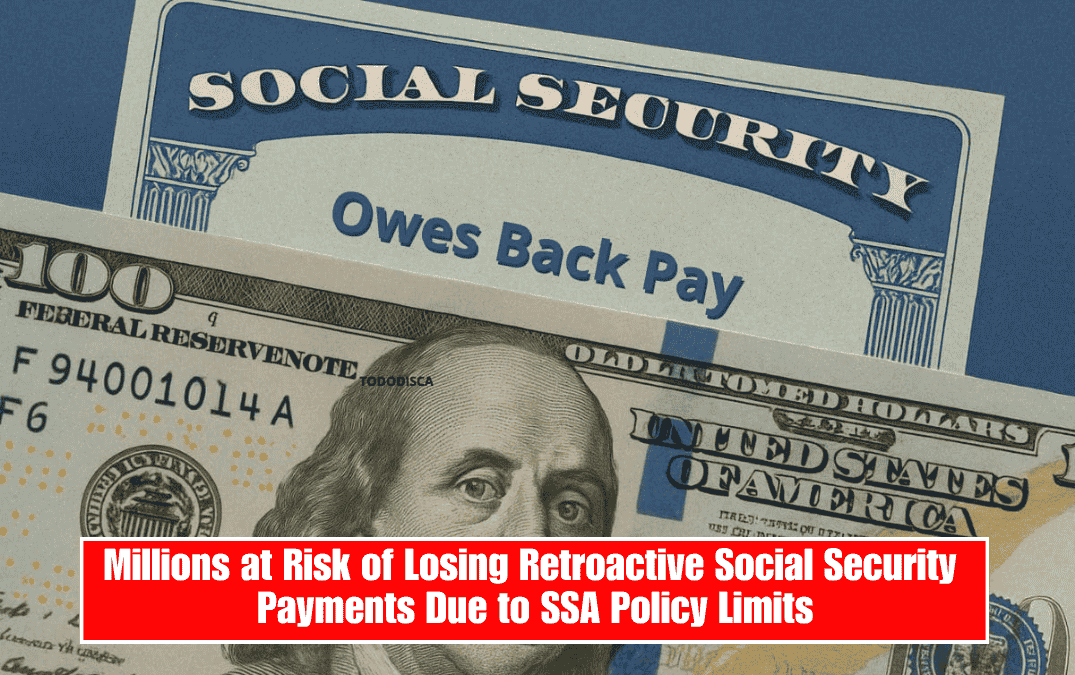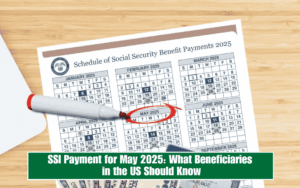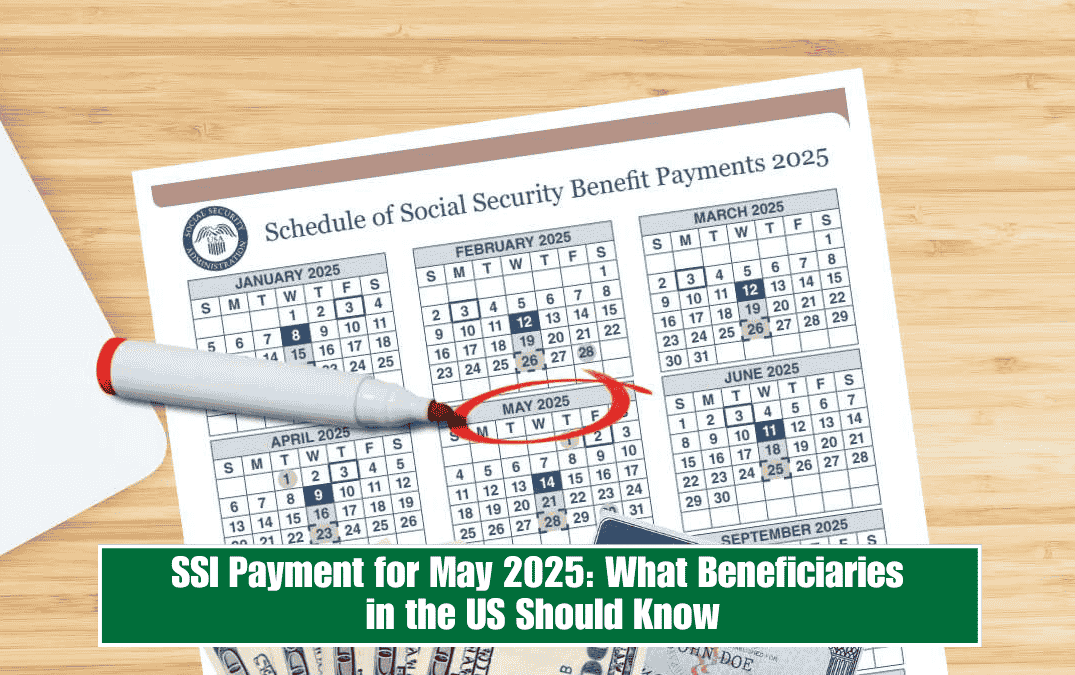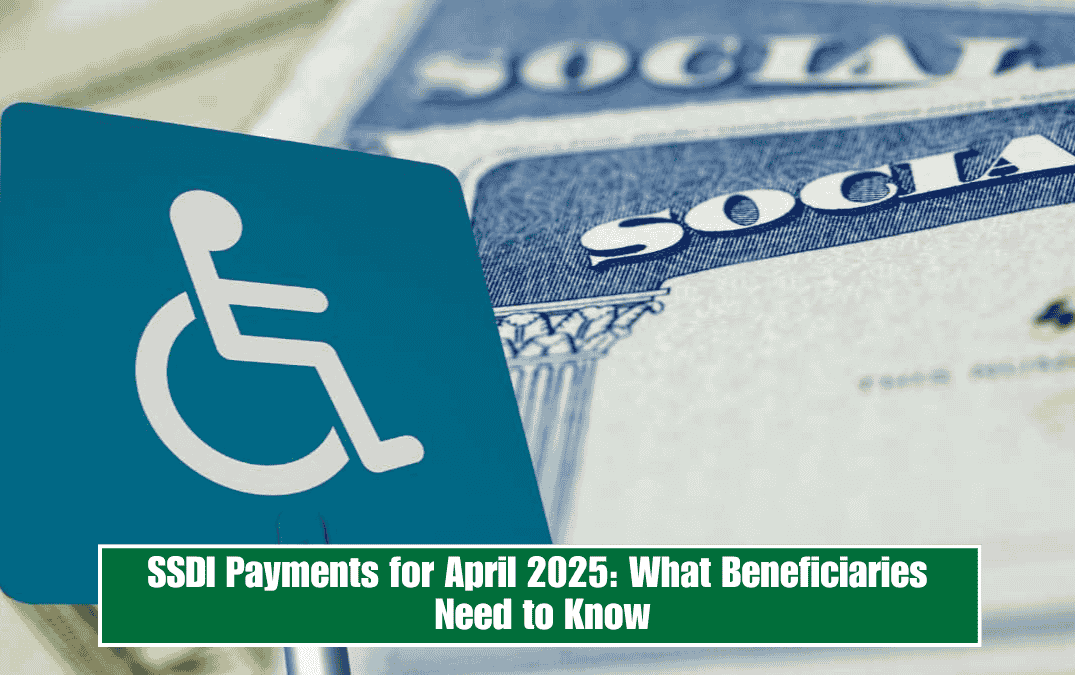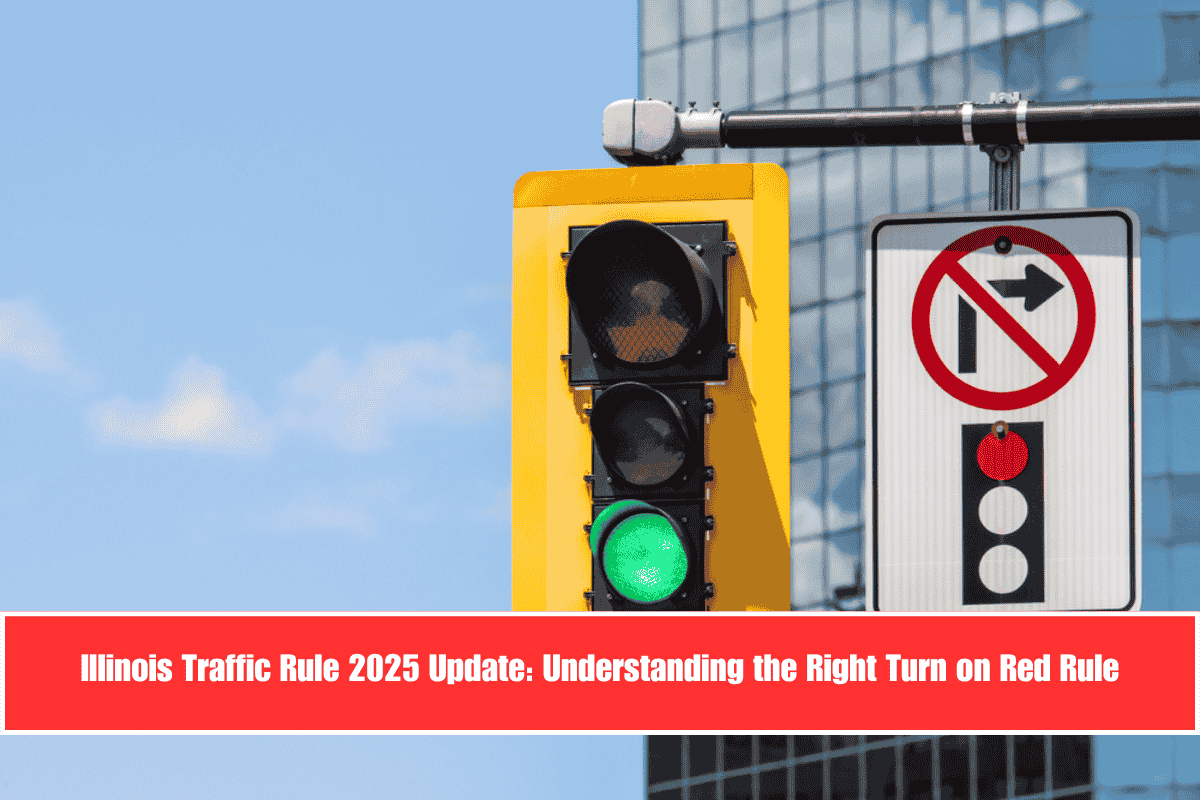In 2025, a new law known as the Social Security Fairness Act was passed to correct past injustices and restore full Social Security benefits to public service workers, widows, and spouses. It aimed to eliminate two unpopular rules: the Windfall Elimination Provision (WEP) and the Government Pension Offset (GPO). These rules had reduced or canceled benefits for many Americans who worked in jobs that didn’t pay into Social Security, like teachers and police officers.
However, many eligible Americans are not receiving the full amount they are owed. The Social Security Administration (SSA) is limiting retroactive payments to just six months, even though the law allows payments going back to January 2024. This issue is now under the spotlight, as lawmakers are pressuring the SSA to fix this problem.
What’s the Issue with Retroactive Payments?
Under the new law, retroactive payments should be issued from January 2024. But the SSA is currently applying a 6-month cap, meaning beneficiaries are only receiving backpay for the past six months—not for the full period they’re legally entitled to.
This policy affects retirees, widows, and spouses who could be missing out on thousands of dollars in Social Security benefits. Public service workers who qualify for the benefits after the WEP and GPO rules were repealed are especially affected.
Lawmakers Demand SSA Take Action
A group of bipartisan senators, including Susan Collins, Bill Cassidy, John Cornyn, and John Fetterman, have written to SSA’s Acting Commissioner, Leland Dudek, asking for an immediate review of the agency’s handling of retroactive benefits.
They argue that many Americans were misinformed by SSA staff, who gave outdated or incorrect advice in past years. Because of this, some people didn’t apply for spousal or survivor benefits on time.
Lawmakers believe the SSA should use the date when a person first contacted the agency—not the application date—as the starting point for retroactive payments, especially if the person can show they were misled.
How Much Could People Be Losing?
Let’s break it down with a simple example. The average spousal benefit is around $931 per month. If the SSA only gives 6 months of backpay, that’s $5,586. But if the full 15 months from January 2024 to April 2025 were paid, people could receive much more—potentially over $13,000.
That means affected beneficiaries are losing at least $5,586, and in some cases even more. This is a serious loss for people living on fixed incomes, especially seniors and widows who rely on these benefits.
Table: Social Security Retroactive Pay – What You Need to Know
| Category | Current SSA Practice | What the Law Allows | Potential Loss per Recipient |
|---|---|---|---|
| Retroactive Payment Period | 6 months | Since January 2024 | Up to $5,586 or more |
| Average Monthly Spousal Benefit | $931 | — | — |
| Estimated Affected Population | — | Over 3 million Americans | — |
| Most Affected Groups | Spouses, widows, public retirees | — | — |
The Social Security Fairness Act was passed with good intentions—to return lost benefits to millions of deserving Americans. But if the SSA continues to cap retroactive payments, then the law’s promise will go unfulfilled for many.
People who relied on the agency’s advice in the past are now being penalized for not applying earlier—even though the delay was not their fault. Lawmakers have stepped in to urge fairness, but until the SSA updates its policy, many families will remain underpaid.
If you think you were affected, gather documentation of your past contact with SSA and consider seeking help from a benefits advisor or legal aid group. The fight for fair retroactive payments is ongoing, and staying informed is your best tool.
